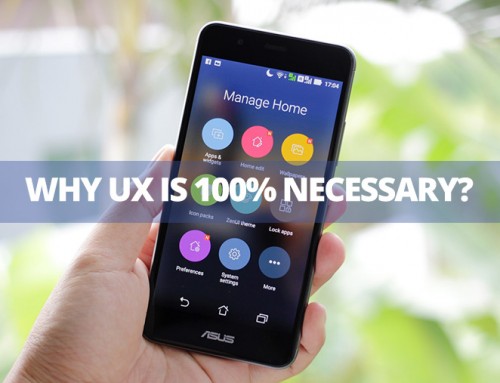Currently, the mobile web is increasingly important to get right for web developers, as the number of people browsing the web via mobile has increased two-fold. This of course also means that creating an effective mobile content strategy is imperative if a business wants to reap the rewards from their mobile website.
Mobile Users Vs Desktop Users

It’s understood that mobile phone internet users are different from desktop internet users. Unfortunately, for website owners they don’t get to choose which platform an internet user will use when looking at their website and those who use a mobile to browse a website simply don’t want too much clutter; it has to be straight to the point. This is why creating an effective content strategy for a mobile phone user is extremely important in the ever developing world of web design and SEO.
Importance of Relevant Content
Content is supposed to engage the website user, by retaining their attention for more than a few seconds; it’s no good if the user has turned to another website due to the content not being engaging. There is a difference between what mobile users expect in terms of online content and how it’s displayed and desk top users.

Mobile Users Expectations
For mobile users, website owners and developers need to choose the content very carefully and must have a different structure than what is used for the desktop user, as the saying goes ‘one size does not fit all’, this is the same when it comes to creating engaging content for mobile and desktop users. So bare this in mind when developing a creative content strategy and consider the following points when implementing a strategy for the mobile user:
- They are on the go –this means that the content used must be easy and quick to digest by getting straight to the point; think bullet points and a couple of key relevant statements e.g. 70%off all Polo Shirts etc. This will catch the attention of users and encourage them to click on the link that sends them directly to the relevant page. The amount of time spent on that page will be greater than if for example the statement is a couple of sentences in length (this does not catch the attention of an ‘on the go’ internet user).
- Remember their screen is small –as the screen of a mobile user is small, the best way to combat this is to ensure the user can scroll vertically up and down, however, this does not mean that the page should be too long; the user will soon get bored of scrolling too far to get to the content that they find relevant. The rule of thumb here is to try to make the length of the screen a maximum of 320-pixel width limit.
- Web Page Loading Speed –this must be quick and is a very important factor when it comes to ranking well in the search engines. Not only that, but you don’t want to lose your user due to poor loading time speeds.
- Avoid Animation – animated content will slow the loading of a page, which is why using static pages is the better option, unless the majority of users request animation. If this is the case, avoid using animated GIFs and ensure that other animation, such as, videos are click-to-play and not set on play by default.
- Less is more –be simplistic, as it’s important to have a quiet screen without too much fuss.
- Avoid unnecessary logins –this is a deterrent for users; they’re on the go and simply don’t have the time to be registering and having to log in to the website in order to be able to browse a few pages. Ecommerce sites should avoid making the user sign in before browsing.
- Avoid making too many steps to get to the relevant pages -“Less is more” is a repeated and not to be underestimated philosophy in mobile design. Too many steps can make things overly complicated and time consuming; something the mobile user especially does not have time for.
- Eliminate the Usage of Pop-ups. Pop-ups are not good to use for mobile sites, as they will put most users off browsing the page within a couple of seconds. Pop-ups also slow the loading time of a page, which is no good for the SEO side of things.
- Don’t use large logos: These are not needed as they don’t serve much purpose and above all, they slow down the speed of the page load time, drastically. This is a big no, no.
- Make the call-to-action clear. Make your call-to-action stand out and large – this your Unique Selling Point (USP), so make sure you sell it to them without all of the over confusing, fussy bits.
All the above points are just as important as each other when it comes to the overall web design and development; all must be pretty good in order to compete with those near the top of Google’s search engine rankings for the relevant search terms.
Conclusion
Remember, the user is the most important and that’s how Google views it too; is the site easy to use, is there lots of irrelevant clutter that makes it a poor user experience for users? These are the sort of things you need to ask yourself once the mobile website has been created. Do not fool yourself with the look and feel; get others opinions in regards to the different important factors, people that you know will tell you the truth on the different aspects.
Lisa P, the author of this article, has worked in SEO for several years and has a range of knoweldge and experience when it comes to optimising websites for a variety of business types.





Leave A Comment